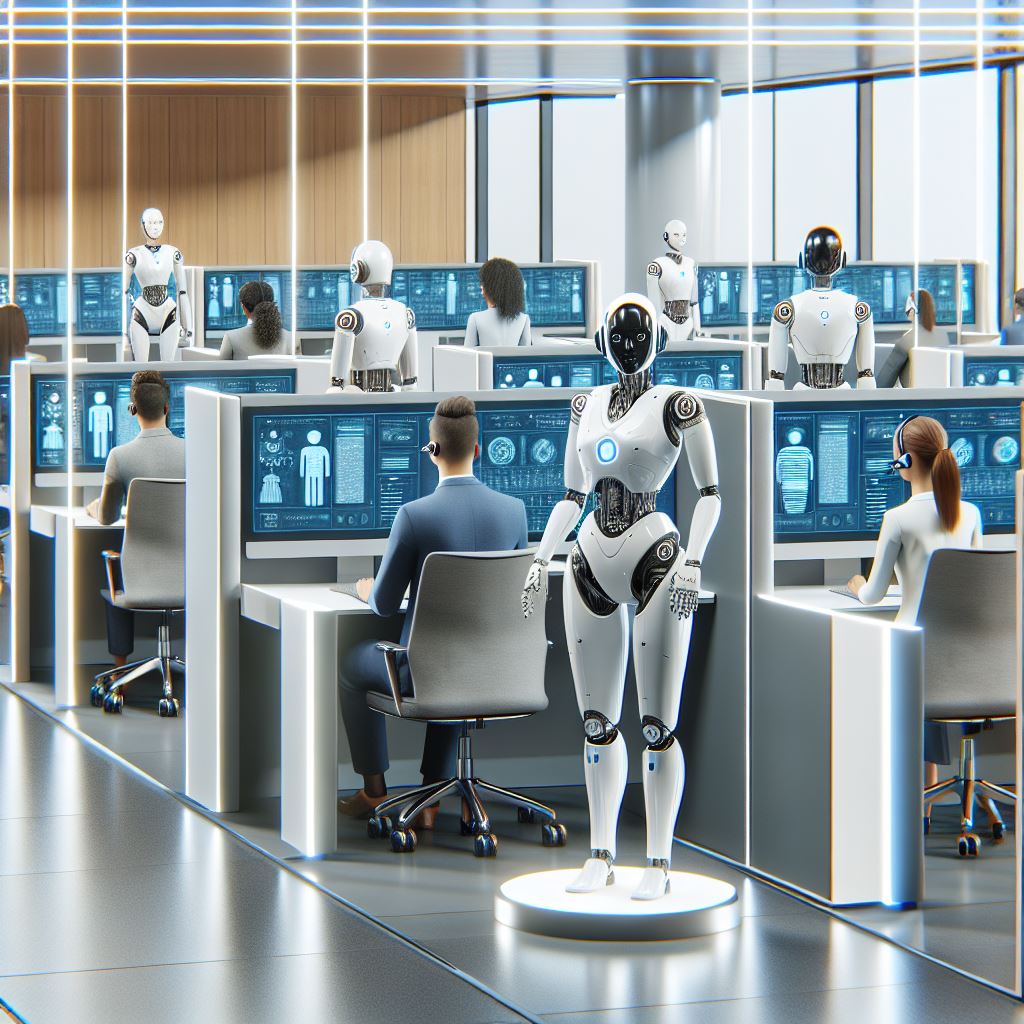It was 3 AM when Sarah's phone buzzed with an alert. Her smart home system had detected a water leak in the basement and automatically shut off the main water supply, potentially saving thousands in damage. This wasn't just a simple sensor trigger—the system had analyzed unusual water flow patterns over several hours, compared them against historical usage data, and made an autonomous decision based on machine learning algorithms.
Welcome to the world where AI meets IoT—a convergence that's quietly revolutionizing how our devices understand and respond to the world around them.
The Perfect Partnership
Imagine your devices not just collecting data, but actually understanding it. That's the magic that happens when artificial intelligence and the Internet of Things join forces. This isn't about devices simply connecting to the internet anymore; it's about them becoming genuinely intelligent.
Think of IoT as the nervous system, collecting sensory information from everywhere, while AI serves as the brain, making sense of it all and deciding what actions to take. Together, they're creating devices that don't just respond to commands but anticipate needs, learn from patterns, and make decisions that once required human intervention.
Transforming Our Homes
Sarah's water leak scenario is just one example of how AI-powered IoT is transforming our living spaces. In modern smart homes, these technologies work together in ways that feel almost magical:
When John arrives home after work, his house has already adjusted the temperature based on his typical arrival time, current weather conditions, and his personal preferences. His AI-powered thermostat didn't just follow a rigid schedule—it learned his patterns and optimized for both comfort and energy efficiency.
Meanwhile, Elena's refrigerator notices she's running low on essentials and automatically adds them to her shopping list. It's learned her consumption patterns and can even suggest recipes based on the ingredients she currently has available.
These aren't futuristic scenarios—they're happening right now in homes equipped with the latest smart devices. The intelligence behind these systems goes far beyond simple automation, creating truly responsive environments that adapt to our needs.
Revolutionizing Industries
The impact of AI-IoT integration extends far beyond our homes. In manufacturing facilities worldwide, this technological partnership is creating unprecedented efficiencies and capabilities:
At a large automotive plant in Michigan, AI-powered sensors monitor equipment vibration patterns to predict potential failures weeks before they would occur. This predictive maintenance approach has reduced downtime by 37% and extended machine lifespans significantly.
In agriculture, smart irrigation systems analyze soil moisture, weather forecasts, crop types, and dozens of other variables to optimize water usage. Some farms have reported water savings of up to 30% while improving crop yields through this precision approach.
A shipping company has implemented AI-enhanced tracking that doesn't just monitor location but predicts potential delays based on weather patterns, traffic data, and historical performance. Their on-time delivery rates improved by 22% within months of implementation.
The Data Challenge
The marriage of AI and IoT creates an unprecedented data challenge. A single smart factory can generate terabytes of data daily—far too much for traditional analysis methods. This is where AI truly shines, turning what could be overwhelming into actionable intelligence.
Edge computing—processing data directly on IoT devices rather than sending everything to the cloud—has become crucial in this ecosystem. When your smart security camera uses on-device AI to distinguish between a person and a passing car, it's making complex decisions instantly without needing to consult remote servers.
This approach not only improves response times but addresses growing privacy concerns. Your smart speaker can recognize voice commands locally without sending all your conversations to the cloud for processing.
Security: The Critical Frontier
As our devices become smarter and more connected, they also become more attractive targets for those with malicious intent. The security implications are significant—imagine what could happen if someone gained control of thousands of connected vehicles or industrial systems.
The industry is responding with AI-powered security measures that go beyond traditional approaches. Modern IoT security systems use behavioral analysis to detect unusual patterns that might indicate a breach, even identifying threats that have never been seen before.
Multi-factor authentication, end-to-end encryption, and secure hardware elements are becoming standard features in quality IoT devices. Meanwhile, AI systems constantly monitor network traffic, identifying and responding to potential threats in real-time.
The Road Ahead
As we look to the future, the possibilities of AI-IoT integration seem limited only by our imagination. Researchers are developing self-healing networks that can automatically detect and repair problems, while advances in natural language processing are making our interactions with smart devices more intuitive and human-like.
The miniaturization of AI capabilities means even the smallest IoT devices can now incorporate sophisticated intelligence. Imagine sensors smaller than a coin that can not only collect data but analyze it and make decisions independently.
Perhaps most exciting is the potential for these systems to work together in ways we haven't yet envisioned. When your car can communicate with your home, your calendar, traffic systems, and thousands of other data points, entirely new capabilities emerge.
Key Takeaways
1. The Power of Contextual Intelligence
AI transforms IoT from simple connected devices into contextually aware systems that understand situations and respond appropriately. To leverage this in your own projects, focus on collecting diverse data types that provide context, not just primary measurements.
2. Start Small, Think Big
You don't need to implement a comprehensive AI-IoT ecosystem all at once. Begin with targeted applications that solve specific problems, then expand as you demonstrate value. Many companies find that predictive maintenance offers the clearest initial ROI.
3. Edge Computing is Essential
Processing data at the source (on the device) rather than sending everything to the cloud improves response times, reduces bandwidth costs, and enhances privacy. When designing IoT systems, carefully evaluate what processing should happen locally versus in the cloud.
4. Security by Design
Security cannot be an afterthought in AI-IoT systems. Implement a security-first approach that includes device authentication, data encryption, regular updates, and AI-powered anomaly detection to identify potential breaches.
5. Prepare for Data Challenges
The volume of data generated by IoT devices can be overwhelming. Develop clear strategies for data storage, processing, and lifecycle management. Consider what data truly needs to be kept long-term versus what can be processed and discarded.
As AI and IoT technologies continue to evolve together, we're moving toward a world where the line between the digital and physical realms becomes increasingly blurred. The devices around us won't just connect—they'll understand, adapt, and anticipate in ways that truly enhance our lives and businesses.




